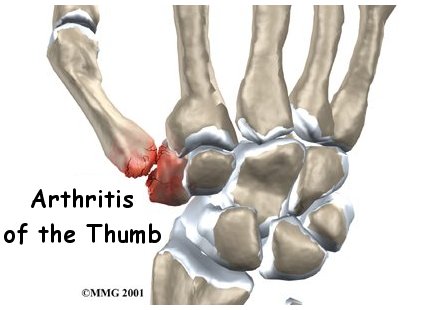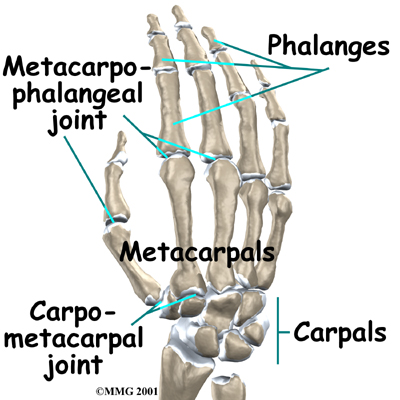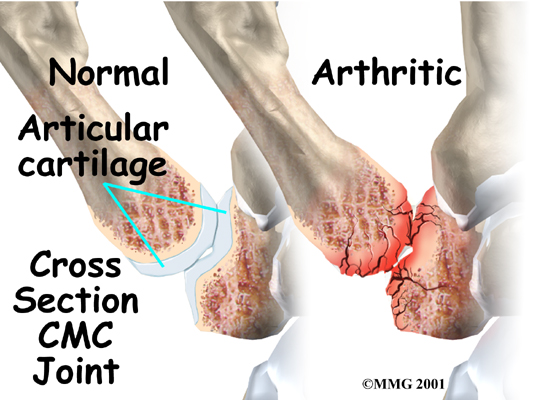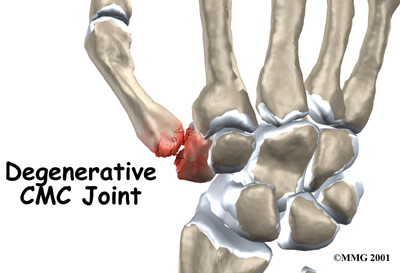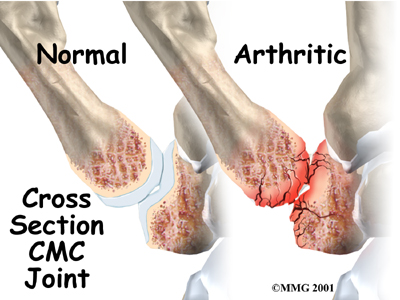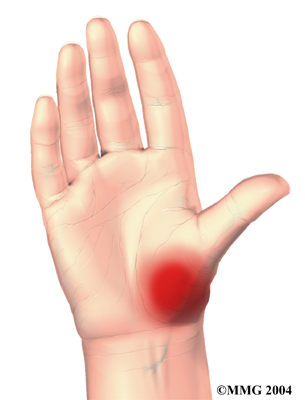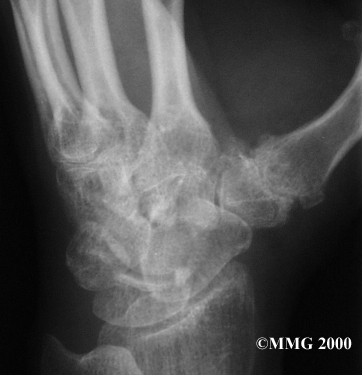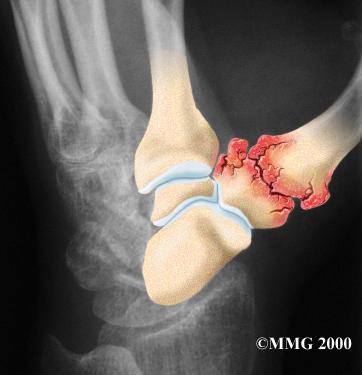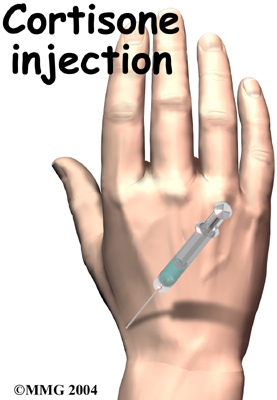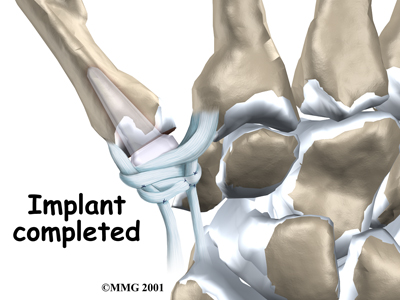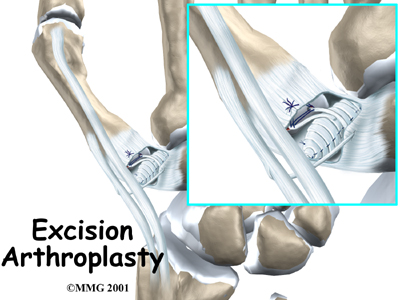What can be done for CMC joint arthritis?
The treatment of degenerative arthritis of the CMC joint of the thumb can be divided into the nonsurgical means to control the symptoms and the surgical procedures that are available to treat the condition. Surgery is usually not considered until the symptoms have become impossible to control without it.
Non-surgical Rehabilitation
Treatment usually begins when the CMC joint first becomes painful. This may only occur with heavy use and may simply require mild anti-inflammatory medications, such as aspirin or ibuprofen. Ensure that you consult with your doctor or pharmacist regarding the use of pain relief or anti-inflammatory medication. Reducing the activity, or changing from occupations that require heavy repetitive gripping with the hand, may be necessary to help control the symptoms.
If you don't need surgery, your physiotherapist at Momentum Spine & Sport Physiotherapy will first work with you to obtain or create a special thumb brace or splint when needed. These devices are designed to help reduce pain, prevent deformity, or keep a thumb deformity from getting worse. A thumb stabilizer is a type of thumb splint that is often custom-made of heat-moldable plastic. It is designed to fit the forearm, wrist, and thumb. Our patients with CMC joint arthritis usually only wear the splint at night and when the joint is flared up. It should also be worn to protect the thumb during heavy or repeated hand and thumb activities.
Our primary therapeutic goal is to help you learn how to control symptoms and maximize the health of your thumb. Our physiotherapist will teach you ways to calm pain and symptoms, which might include the use of rest, heat, or topical rubs.
We will begin instructing you in range-of-motion and stretching exercises to improve your thumb motion. Our program then advances to include strength exercises for the thumb and fingers. We use dexterity and fine motor exercises to get your hand and thumb moving smoothly. Your physiotherapist will also go over tips on how you can get your tasks done with less strain on the joint.
Although the time required for recovery varies among patients, as a guideline, you may expect to progress to a home program within four to six weeks.
Post-surgical Rehabilitation
After surgery, your hand will be bandaged with a well-padded dressing and a thumb splint for support. When you begin your physiotherapy program, the first few treatments are used to help control the pain and swelling after surgery.
Our physiotherapist will have you begin doing exercises to help strengthen and stabilize the muscles around the thumb joint. We’ll use other exercises to improve the fine motor control and dexterity of your hand. Our physiotherapist will also provide tips on ways to do your activities while avoiding extra strain on the thumb joint.
When your recovery is well under way, regular visits to Momentum Spine & Sport Physiotherapy will end. Although we will continue to be a resource, you will eventually be in charge of doing your exercises as part of an ongoing home program.
Momentum Spine & Sport Physiotherapy provides services for physiotherapy in Edmonton and St Albert.
